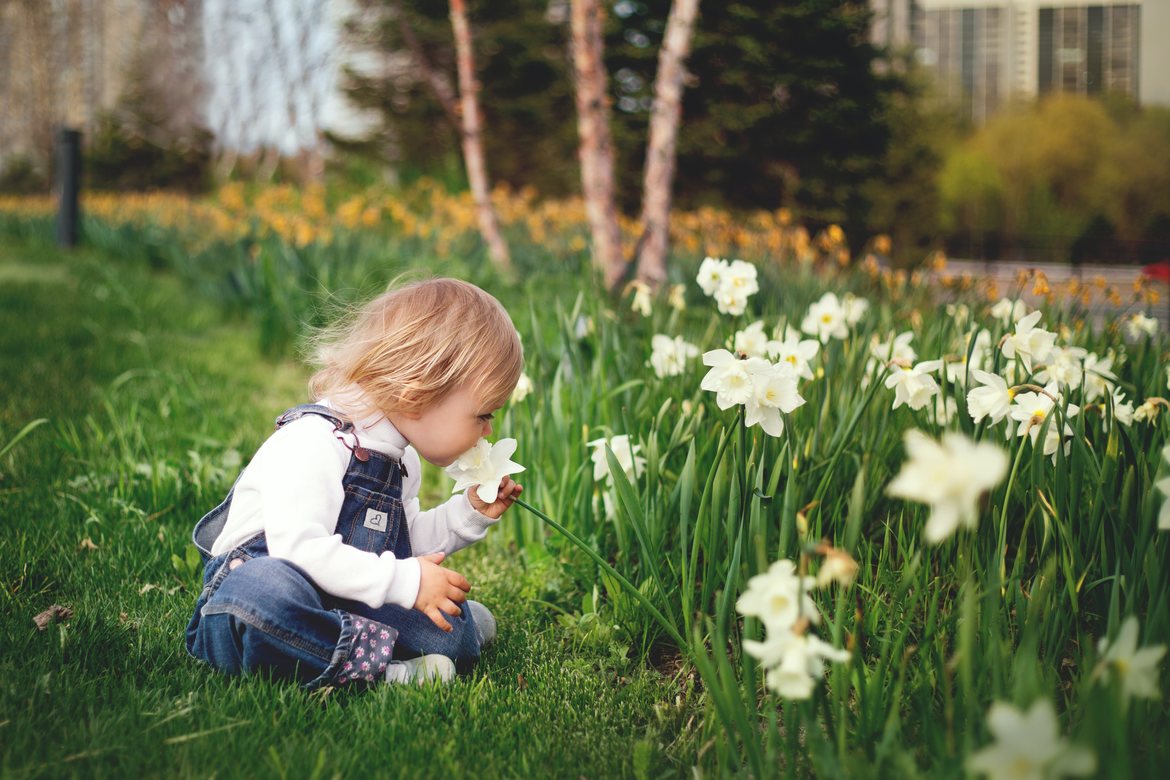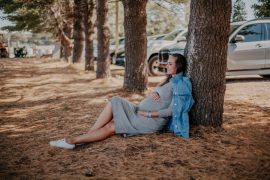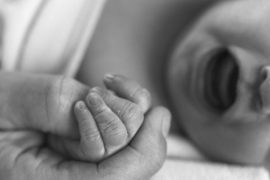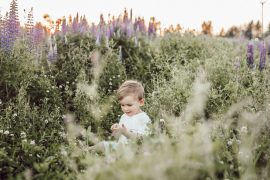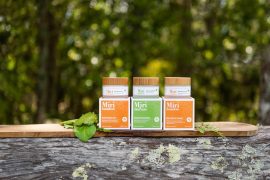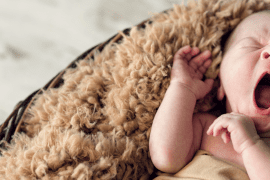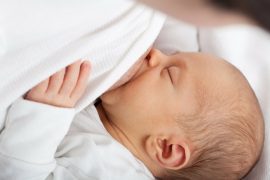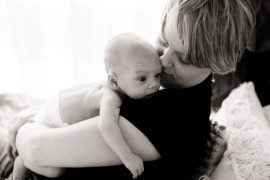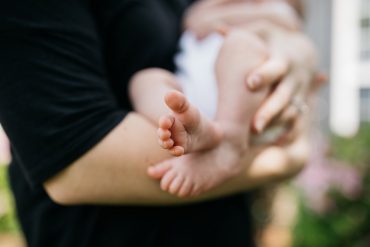By Jane Marsh
No parent can bear to watch their child suffer from coughing, sneezing and a runny nose. You would rush in and make it better if only you knew what was wrong.
How can you tell if your baby has a cold or allergies? Both issues present quite similarly. Arm yourself with knowledge and learn to spot the differences.
What Is a Cold?
A cold is a viral infection of your nose and throat. Most infections are harmless and don’t require medical attention from a doctor. Infants and children experience frequent colds, especially during the winter.
Common Symptoms
Typical cold symptoms include a stuffy or runny nose, cough, sore throat, congestion, headache, sneezing and fever.
If children experience a rising fever for more than two days, it’s recommended parents reach out to their doctor for medical attention.
Both issues present quite similarly. Arm yourself with knowledge and learn to spot the differences.
How to Treat Colds
Ensure your child gets plenty of sleep and make them comfortable by running a cool-mist humidifier. Put petroleum jelly under their nose to keep their skin from getting raw. You can also run warm baths to help your baby with any aches and pains or use the shower to create steam to help with stuffiness.
What Is an Allergy?
An allergy occurs when the immune system reacts abnormally to a harmless substance, marking it as an invader. This can result in a rash or hives, runny nose or watery eyes. Allergy symptoms can be life-threatening or mild.
Common Causes and Symptoms
If you’re allergy-prone, your immune system will create antibodies once exposed to a specific allergen. The antibodies help to remove the allergens from your body. Children can be allergic to many substances, including pollen, dust, mold, bee stings, pet fur and dander, and various foods.
Though allergies can develop at any age, children typically display allergy symptoms after reaching their second birthday. Frequent allergy symptoms include nasal congestion, runny nose, sneezing, itchy or watery eyes, itchy skin, hives or rashes, coughing, chest tightness and facial pressure.

